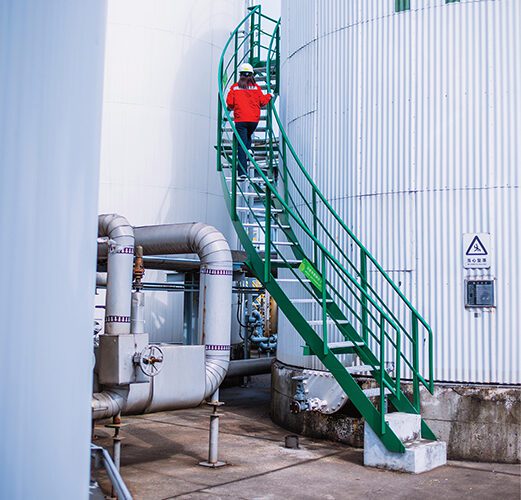The rapid growth in renewable energy presents a series of challenges for energy companies and consumers looking to take advantage of solar power. Each solar panel is an individual asset that must be integrated and managed within the infrastructure of a solar farm, and the fluctuating nature of solar generation requires an adaptable power grid to maintain efficiency and load balance. As demand for solar energy increases and solar farms expand their offering, operations and logistics will become increasingly complicated. Technicians and grid managers need a scalable management solution that will allow their solar operation to grow at the proper pace and ensure their energy output is optimized to serve as many consumers as possible.
To meet this scalability challenge, energy companies are turning to the Internet of Things (IoT) to help manage their existing solar assets and integrate more solar energy into their portfolio.
Managing a Complex Solar Energy System
According to EnergySage, the average solar panel can produce roughly 1.5kWh per day. To make a noticeable impact on power grids, solar energy farms require thousands of panels. Solar Star, the largest solar farm in the United States, has 1.7 million solar panels installed across 3,230 acres. With so many panels covering so much ground, technicians and grid managers face hefty logistical challenges to ensure each panel is operating at maximum efficiently and that there are no vulnerabilities in the system. These management challenges can be met through the use of a simple, integrated IoT management solution.
Using panel-mounted sensors connected to a cloud-based IoT management platform, grid managers can monitor solar output in real time and immediately identify the source of any problems or inefficiencies. Predictive analytics can anticipate urgent issues, such as potential induced degradation (PID), and dispatch a technician to perform preventative maintenance before the panel experiences a loss in performance. As the solar farm grows, each new panel added can be provisioned and installed with ease on the IoT network, and end-to-end asset management provides increased security for the whole system. Additionally, over-the-air-updates to the solar panels can radically reduce the need for human intervention and truck rolls by updating or upgrading scores of panels from one central location.
Smart metering already has proven useful in improving the efficiency of power grids. In an IoT-enabled solar infrastructure, smart meters easily can track usage and generation data while providing reliable asset connectivity. Smart meters require little power to operate, and their IoT capabilities can accommodate 4G, LPWA, LTE, and eventually 5G wireless networks. Efficiency and adaptability make smart meters ideal for monitoring solar panel output.
Manage Your IoT Solution with the Aeris Connectivity Platform
In any complex IoT system, a single management platform is key to providing workable and efficient oversight. The Aeris Intelligent IoT Network provides a single-pane, top-down view of all connected devices within an IoT system, as well as the tools to administer devices throughout their lifecycle. For solar energy providers, this level of oversight enables a powerful asset management solution that is both customizable and scalable to meet the needs of the rapidly growing solar energy market. Grid managers can identify problems and take actions automatically, vastly reducing the amount of time and resources needed to manage device deployment.
To learn more about how IoT helps solar energy providers reach more consumers, contact Aeris today.



